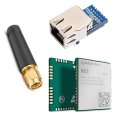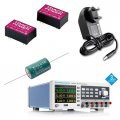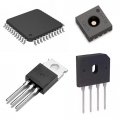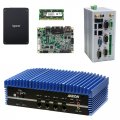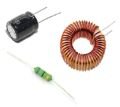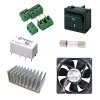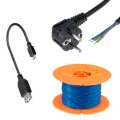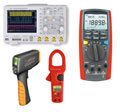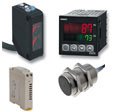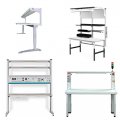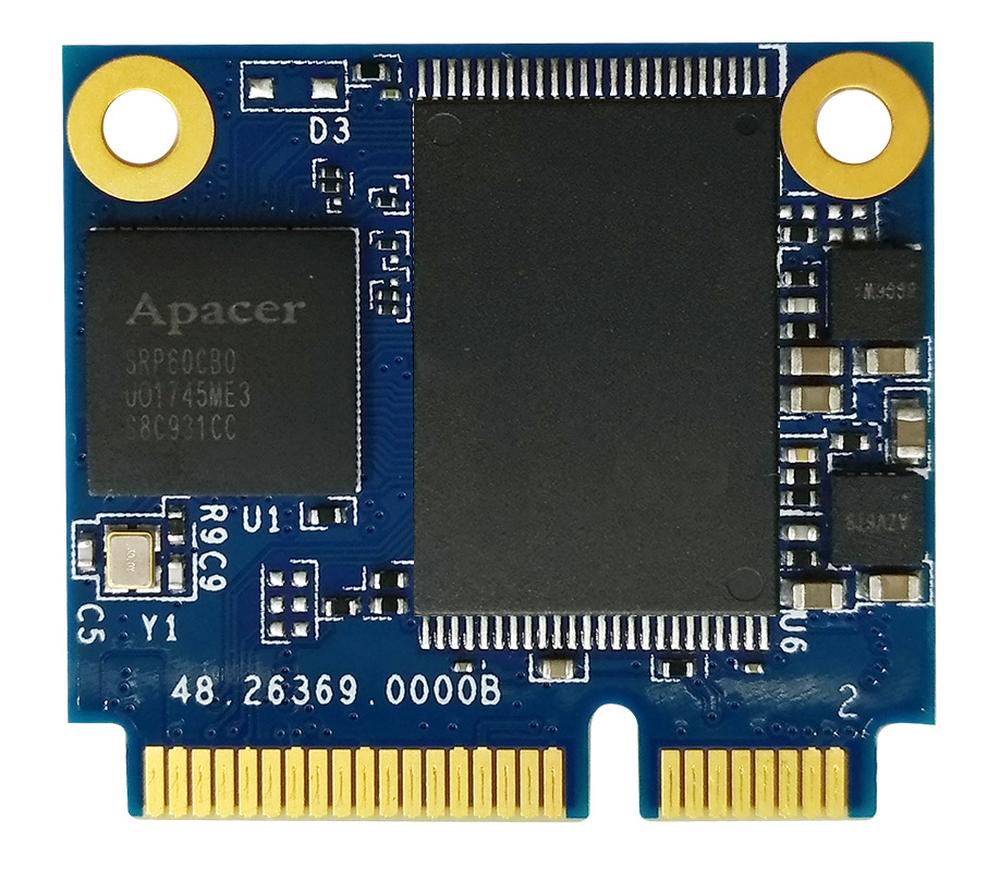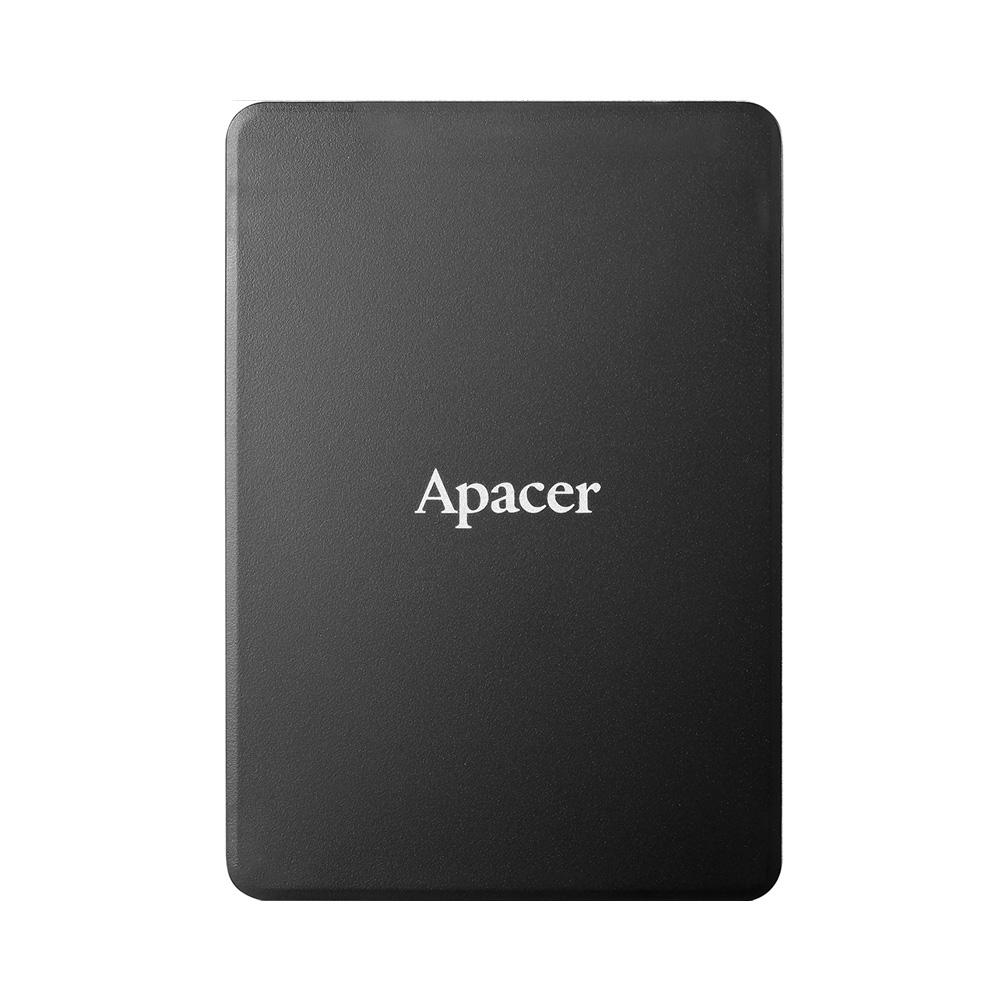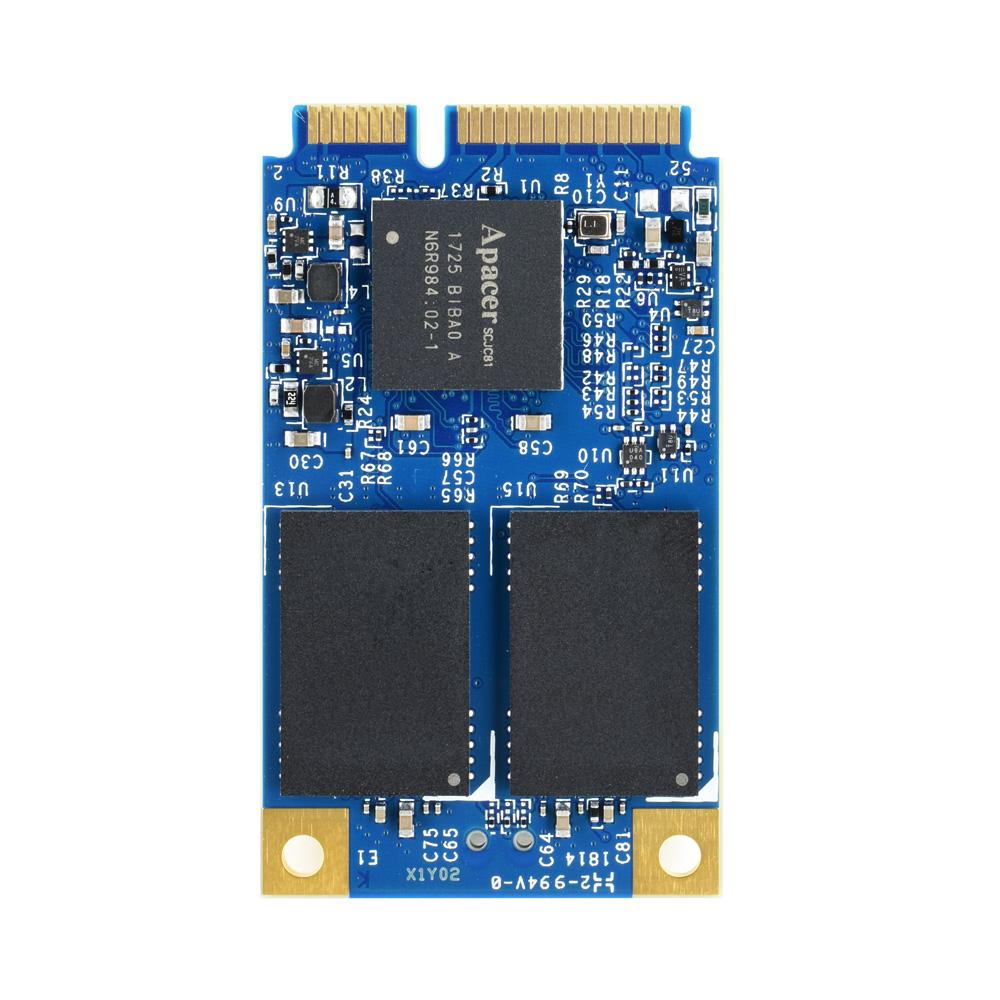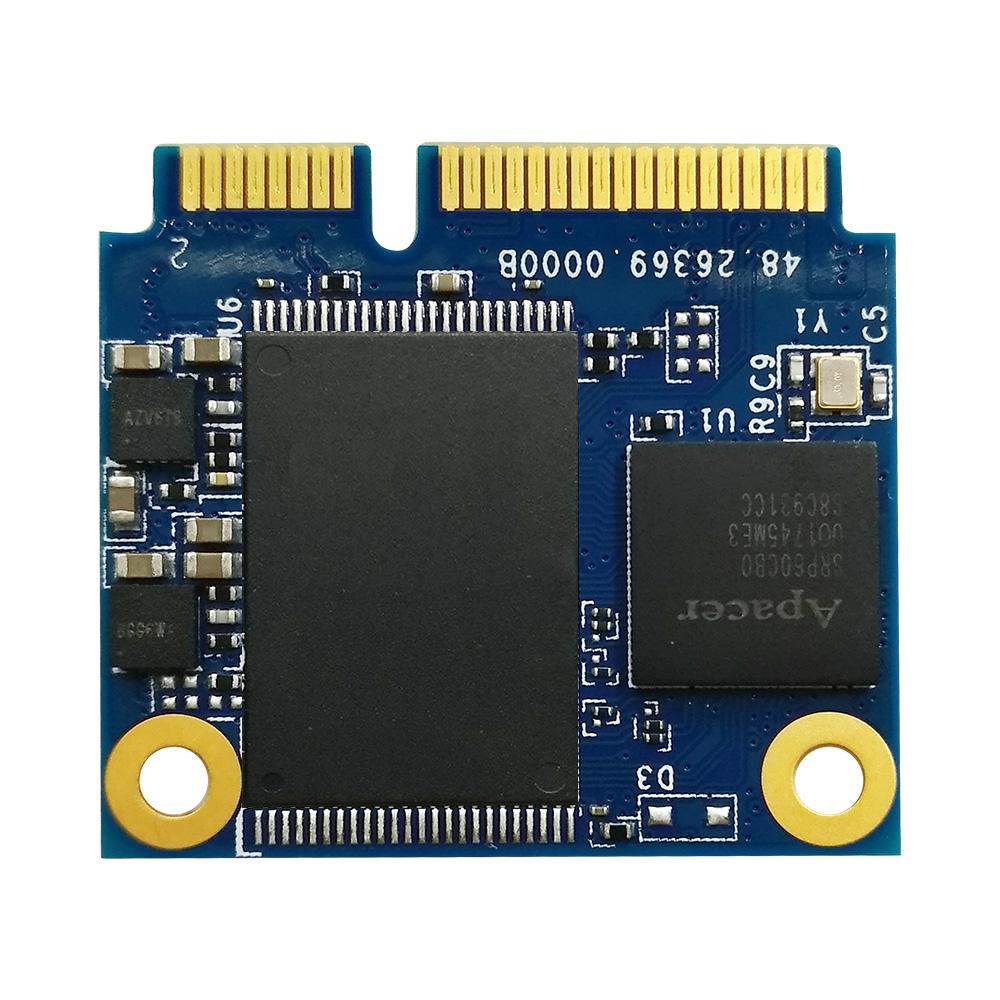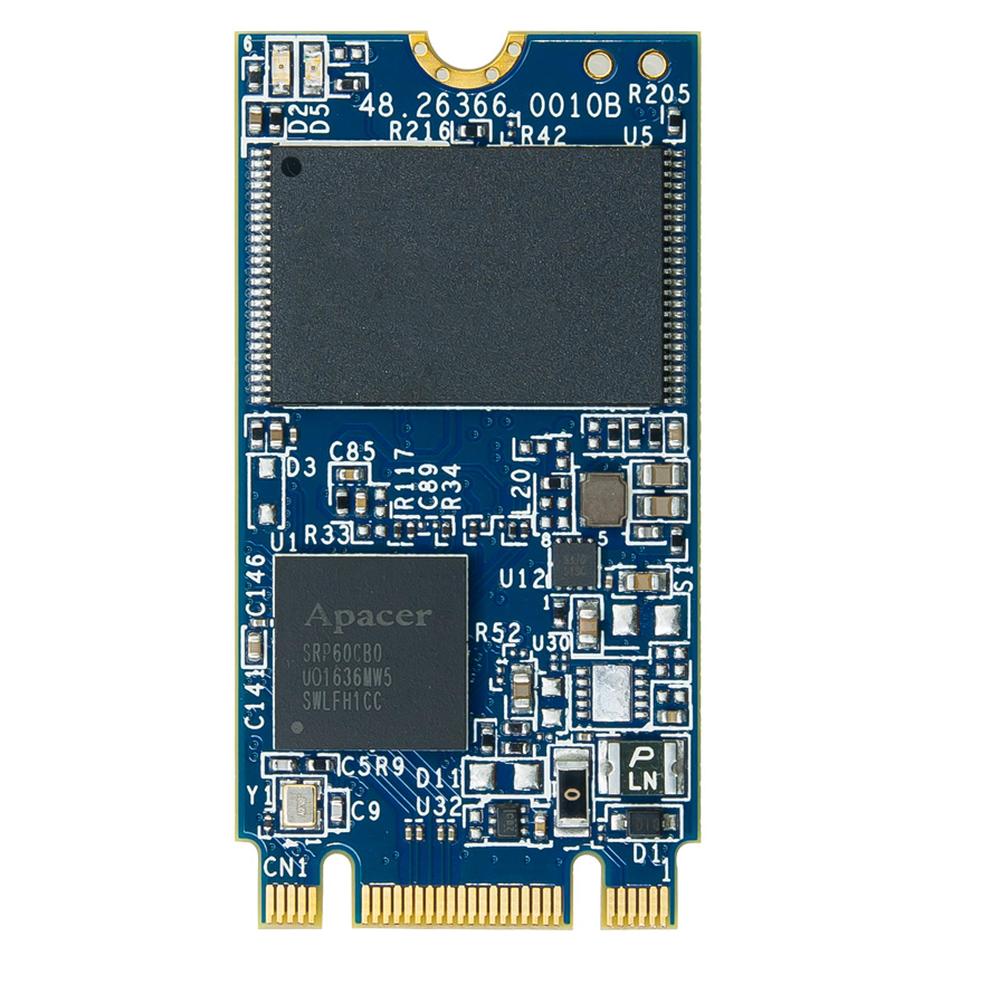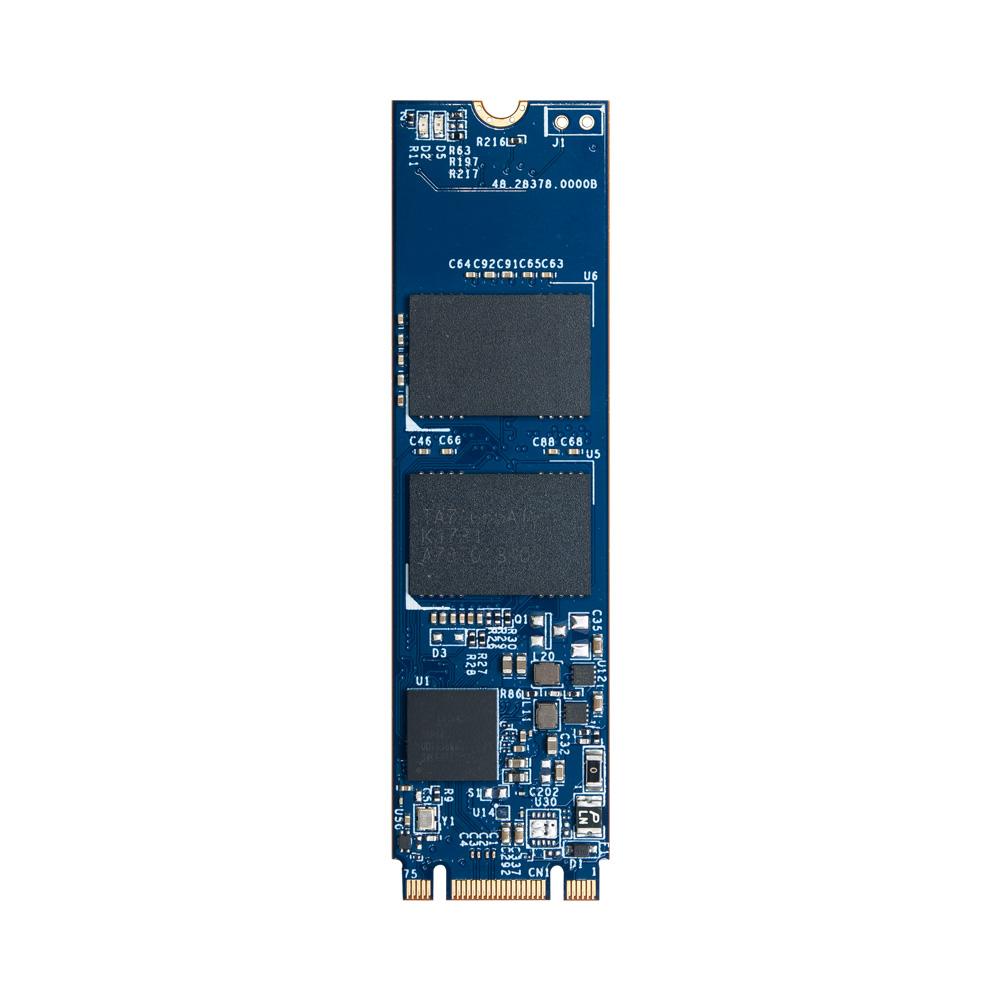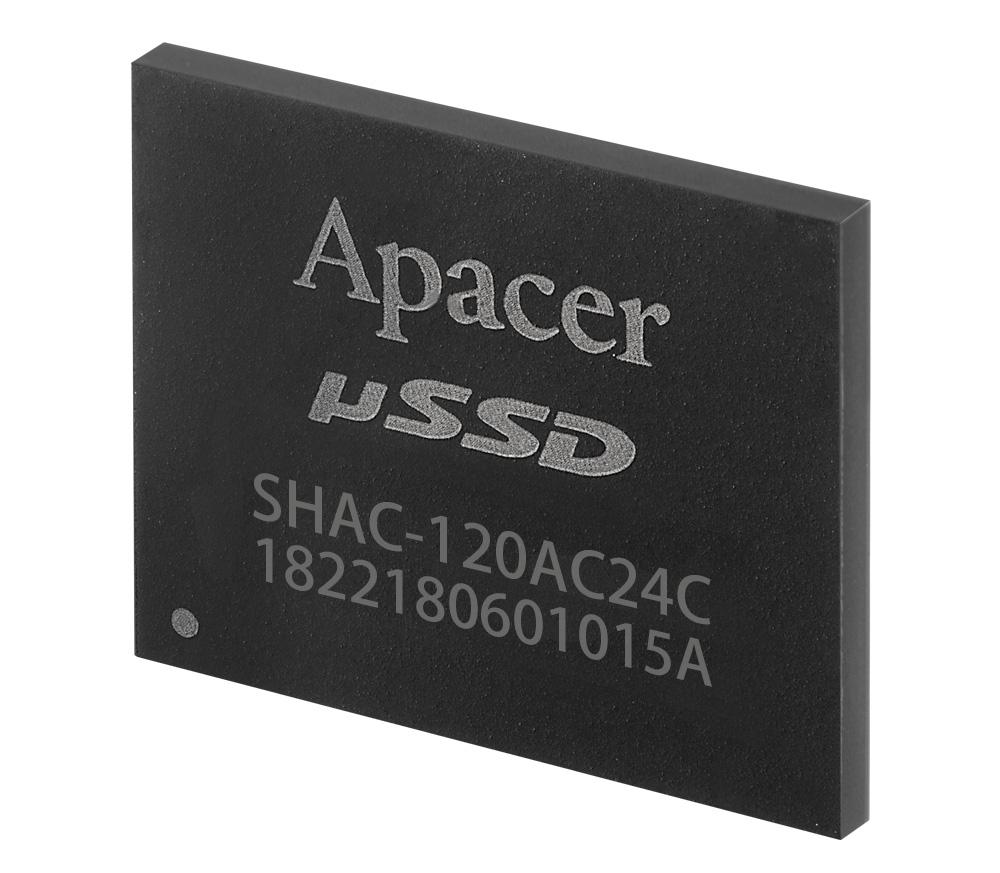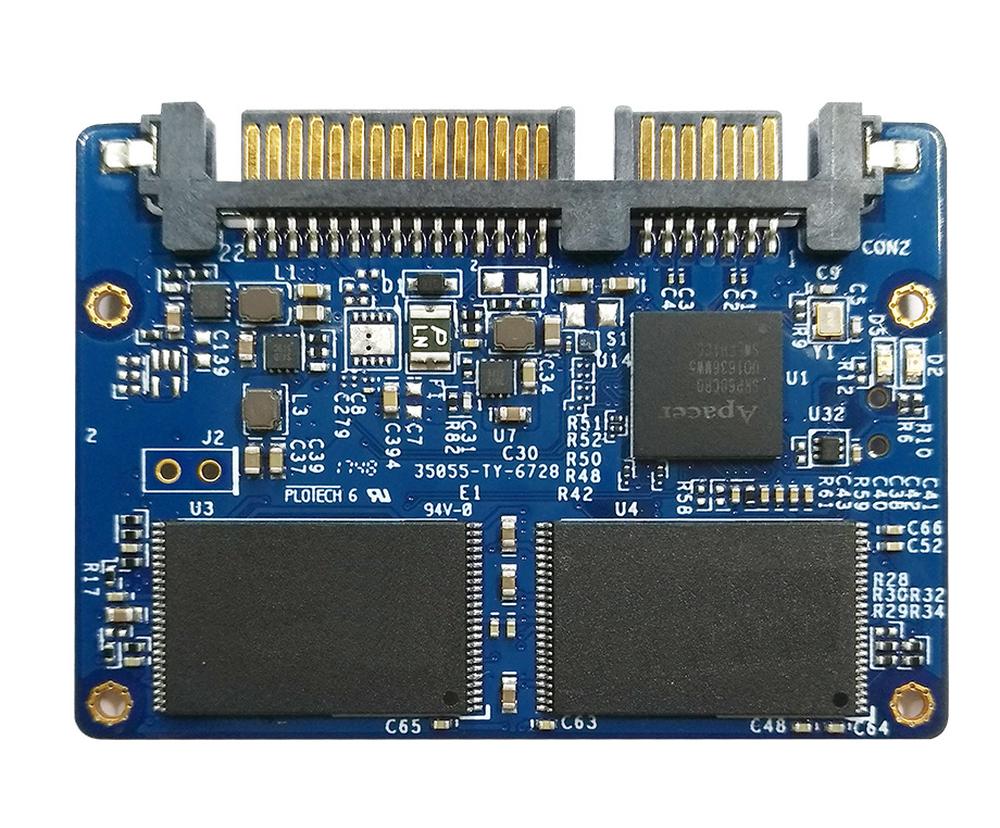Apacer führt die neue Serie ST170 in den Formfaktoren 2.5" SSD, M.2, mSATA, MO-297, CFast und uSSD ein.
Damit die Produkte gleichzeitig zuverlässig sind und eine hohe Leistung gewährleisten, werden folgende Funktionen verwendet:
• Error Correction/Detection – Fehlerkorrektur/erkennung
• Power Failure Management – Stromausfallmanagement
• Flash Memory Bad-Block Management – Bad-Block-Management für den Flash-Speicher
• Globales Wear Levelling (Verschleißausgleich) – alle verbleibenden Blöcke in allen Flash-Chips des Produkts werden in einem einzigen Pool verwaltet. Der Controller versucht die Einträge gleichmäßig auf alle Flash-Speicherblöcke zu verteilen. Sie können die Effizienz des Algorithmus anhand der SMART-Attribute Max. erase count (maximale Anzahl Löschvorgänge) und Avg. erase count (durchschnittliche Anzahl Löschvorgänge) beurteilen.
• End-to-End-Datenschutz – ein Merkmal zur Erweiterung der Fehlerkontrolle, um den gesamten Weg vom Host-Computer zum Laufwerk und zurück abzudecken. Hierdurch wird Datenintegrität an mehreren Wegpunkten gewährleistet, um eine zuverlässige Durchführung von Datenübertragungen zu ermöglichen
• SMART (Self-Monitoring-, Analyse- und Reporting-Technologie)
• Wärmesensor – regelmäßige Prüfung von SMART-Attribut-Temperatur und Verringerung der SSD-Arbeitslast, um SSD-Temperaturanstieg über 70°C zu verhindern
• Page-Level Flash Translation Layer
• Hyper-Cache-Technologie – ein Teil der verfügbaren Kapazität wird als SLC (1 Bit pro Zelle) NAND-Flash genutzt. Es werden lediglich zwei Werte geschrieben (0, 1), anstelle von acht.
• Over-Provisioning – ein bestimmter Teil der SSD-Kapazität wird ausschließlich für die Effizienzsteigerung der Garbage Collection (GC) reserviert, vor allem dann, wenn die Kapazitäten des SSD voll ausgelastet sind oder wenn eine stark gemischte Arbeitslast (sequentiell – zufällig) gegeben ist.
• TRIM-Support - der Befehl ermöglicht, dass das Betriebssystem den SSD-Flash-Controller über Blöcke informieren kann, die nicht benötigte Daten enthalten, typischerweise sind dies Daten, die das Betriebssystem gelöscht hat. Der Controller löscht daraufhin nicht benötigte Blöcke und macht dies verwendbar.

Error Correction/Detection – Fehlerkorrektur/erkennung
Wenn die Anwendung Daten auf das SSD schreibt, schreibt der Flash-Controller Datum, Firmware-Informationen und ECC (Error Correction Code) auf den Flash-Speicher selbst. Der Controller schreibt z. B. 40 Bit BCH (Bose-Chaudhuri-Hocquengham)-ECC pro 1 KB Daten bei SSDs der Serie SM210-25. Wenn der Controller die Daten aus dem Flash-Speicher liest, verwendet er den ECC, um die Datengültigkeit zu prüfen und Fehler zu korrigieren. Die ST170-Serie nutzt einen Low-Density Parity-Check (LDPC) als ECC-Code. Für normale Lesevorgänge, die nicht die Referenzspannung in Verbindung mit den Zellen-Gates modifizieren (Hard Decoding), wird eine geringfügig bessere Fehlerkorrektur als der BCH-Code gewährleistet. Falls der Controller keine Datenfehler korrigiere kann, wird der Soft-Decoding-Modus verwendet. In diesem Modus liest der Controller mehrmals Daten aus dem Flash, die unterschiedliche Referenzspannungen in Verbindung mit den Speicherzellen-Gates aufweisen. Das Soft Decoding bietet eine weitaus bessere Fehlerkorrekturleistung, mehrmalige Lesevorgänge haben jedoch eine langsamere Leseleistung zur Folge.
Sie können den „Error Correction/Detection“-Status prüfen, indem Sie das SMART-Attribut Bad Cluster Table Count (Tabelle für die Zählung defekter Cluster) lesen.
Flash Memory Bad-Block Management – Bad-Block-Management für den Flash-Speicher
Ab Werk enthalten Flash-Speicher-Chips eine minimale Anzahl von Datenblöcken, die von Anfang an defekt sind (Bad Blocks). Es gibt derzeit keine bekannte Technologie, mit der Flash-Chips ohne Bad Blocks hergestellt werden können. Darüber hinaus können sich Bad Blocks im Zuge von Programmier/Löschzyklen entwickeln. Da Bad Blocks unvermeidlich sind, besteht die Lösung darin, diese unter Kontrolle zu halten.Um die aktuelle Bad-Block-Anzahl zu prüfen, sollten Benutzer das SMART-Attribut Total later bad block count (Gesamtzahl späterer defekter Blöcke) lesen.
Power Failure Management – Stromausfallmanagement
Die beste Methode, um die Beschädigung von Daten während eines plötzlichen Stromausfalls zu verhindern, ist, das Entstehen des Stromausfalls zu verhindern. Da dies nicht immer möglich ist, bietet die Serie ST170 mehrere Schutzmechanismen, um Datenfehler zu verhindern. 1. Mapping Table Protection – Schutz durch Mapping-Tabelle Die Mapping-Tabelle enthält Aufzeichnungen für die Zuordnung logischer Adressen zu der physischen Adresse von Flash-Speicher-Seiten. Das Page-Level-Mapping bietet eine ausgezeichnete Zufallsschreibgeschwindigkeit, benötigt allerdings viel RAM zum Speichern der Mapping-Tabelle. Während des Schreibvorgangs schreibt der Controller Daten und Mapping-Informationen auf den Flash und aktualisiert anschließend die Tabelle im RAM.Im Falle eines Stromausfalls bleibt nicht genug Zeit, um die Mapping-Tabelle auf den Flash zu schreiben, sodass diese verloren geht. Nach Widerherstellung der Stromversorgung liest der Controller sequentiell jeden NAND-Flash-Block, stellt die Zuordnung der logischen Adresse wieder her und rekonstruiert die Mapping-Tabelle. Falls die Rekonstruktion der Mapping-Tabelle beim ersten Lesevorgang nicht erfolgreich ist, wird der Controller solange weiter lesen, bis die Mapping-Tabelle wiederhergestellt wurde.
2. Last Write Protection
Flash-Speicher können nicht überschrieben werden, sodass die Firmware zur Aktualisierung von Seite P1 in Block B1 die neue Version P1’ für Block B2 schreibt. Falls während des Schreibvorgangs der Seite P1’ ein Stromausfall eintritt, wird der Vorgang möglicherweise erfolgreich beendet oder nicht erfolgreich beendet. Nach Widerherstellung der Stromversorgung erkennt und korrigiert die ECC-Firmware nach Möglichkeit den Fehler auf Seite P1’. Falls die Korrektur nicht möglich ist, wird die vorherige Firmware-Version P1 verwendet und der Garbage Collection-Algorithmus nimmt sich der ungültigen Seite P1’ an.
3. Hyper-Cache-Technologie
Die Serie nutzt keinen DRAM-Cache, durch den im Fall eines Stromausfalls Daten verloren gehen, da nicht genug Zeit bleibt, um Daten vom Cache auf den Flash zu schreiben. Stattdessen wird ein Hypercache verwendet.
Prüfen Sie, ob die Anzahl von Bad Blocks ansteigt (SMART-Attribut Total later bad block), wenn das Attribut Unexpected Power Loss Count (Anzahl unerwarteter Stromverluste) steigt. Falls dies der Fall ist, sollten Sie Vorkehrungen treffen, um das Auftreten eines Stromausfalls zu verhindern.

SMART
SMART ist eine Abkürzung, die für Self-Monitoring-, Analyse- und Reporting-Technologie (Self-Monitoring, Analysis & Reporting Technology) steht. Es werden wichtige SSD-Parameter überwacht, um proaktive Maßnahmen zu ergreifen, damit Fehler vermieden werden können.Eine vollständige Liste mit den unterstützten Parametern ist in den Datenblättern enthalten. Die Bedeutung von manchen dieser wichtigen Attribute wurde oben beschrieben. Zu weiteren wichtigen Parametern zählen:
Lifetime left (verbleibende Lebensdauer) – Prozentwert, 100 % bedeutet ein neues SSD, 0% vollständig ausgeschöpft – solche SSDs sollten umgehend ersetzt werden. Serie ST170-25 gibt nicht Aufschluss über diese Informationen, das Attribut „Avg. erase count“ kann jedoch zur Einschätzung der verbleibenden Lebensdauer verwendet werden.
Verbleibende Lebensdauer = (1 - durchschnittliche Anzahl Löschvorgänge/PE-Zyklus) x 100, PE-Zyklus = 3000 (die gleichen Werte wie bei MLC-Flash-basierten Produkten)
SSD Protect Mode – SSD-Schutzmodus
• 0: R/W – normaler Status
• 3: Read Only (schreibgeschützt)
• 7: Unusual Read Only (außergewöhnlicher Schreibschutz, tritt ein, wenn die freien Blöcke nicht ausreichen oder wenn später eine zu große Anzahl von Bad Blocks präsent ist)
Das SSD schützt sich selbst, indem es in den Read-only-Modus schaltet, damit Datenfehler verhindert werden. Falls die durchschnittliche Anzahl von Löschvorgängen („Avg. erase count“) 3000 PE-Zyklen überschreitet oder im Falle eines Ereignisses, das für Parameterwert = 7 beschrieben wurde.
SATA PHY Error Count – deutet auf Kommunikationsprobleme hin. Diese können bspw. auf defekte Kabel oder Anschlüsse zurückgehen.
Wir haben die neue Serie ST170 unserem Sortiment hinzugefügt und können diese auf Anfrage liefern.
Wir bieten Ihnen die Möglichkeit, Produktproben zu bestellen, um das Produkt zu einem reduzierten Preis zu testen. Weitere Informationen über erhältliche Modelle finden Sie auf unserer Webseite.
Falls Sie Interesse an anderen Produkten von APACER haben oder falls Sie Hilfe benötigen, dann kontaktieren Sie uns bitte über die E-Mail-Adresse apacer@soselectronic.com
Gefallen Ihnen unsere Artikel? Verpassen Sie jetzt keine mehr! Sie müssen sich um nichts kümmern, wir arrangieren die Lieferung an Sie.
